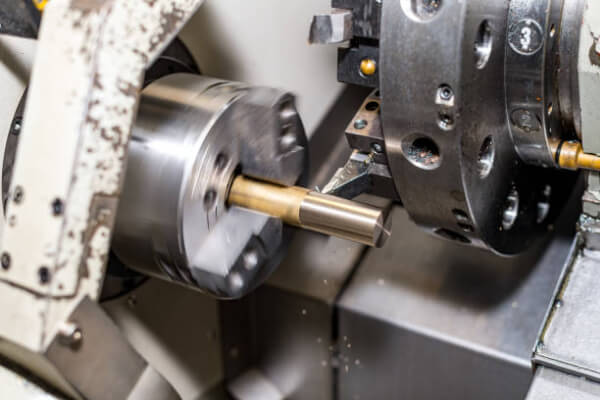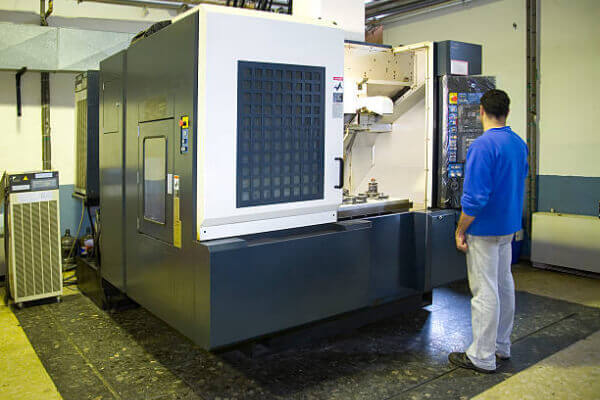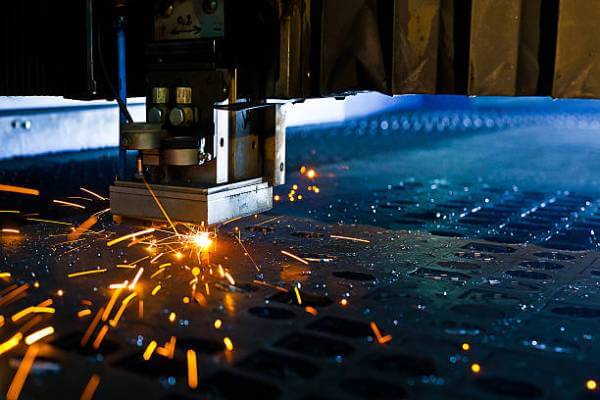In modern manufacturing, CNC (Computer Numerical Control) technology is becoming an increasingly important keyword. But what exactly is CNC? This article will introduce the basics of CNC, explore its importance in the manufacturing industry, and discuss its applications.
CNC stands for Computer Numerical Control. In simple terms, it is an automated machining technology controlled by a computer to operate machine tools. With pre-written instructions and programs, CNC systems can precisely control the motion trajectory, speed, and cutting operations of machine tools, achieving high precision and efficiency in machining processes. It’s worth noting that any automated machine tool controlled by computer numerical control can be called CNC, including CNC lathes, machining centers, CNC wire cutting machines, CNC punch presses, CNC laser cutting machines, grinding machines, electrical discharge machining, and so on. Many people mistakenly think that CNC refers only to CNC machining centers, which is not entirely correct.




The basic principle of CNC operation is to convert digital design files into instructions that machines can understand. First, designers use Computer-Aided Design (CAD) software to create product designs or component models. Then, these design files are input into the CNC controller, where they are converted into machine-readable code, typically G-code. Finally, the CNC controller sends these codes to the machine tool to control its motion and machining operations.
In milling, rotating cutting tools are used to work on the surface of the workpiece, moving along 3, 4, or 5 axes. Essentially, it involves cutting or trimming the workpiece to quickly fabricate complex geometries and precision parts.
In turning, a lathe is used to manufacture parts with cylindrical features. The workpiece rotates on an axis and is engaged by precision turning tools, forming circular edges, radial and axial holes, slots, and grooves.
CNC machining, compared to traditional manual machining, operates much faster. When the computer code is correct and conforms to the design, the finished product has high dimensional accuracy and minimal errors. CNC manufacturing can be used to produce final-use products and components, but it is typically cost-effective only in low-volume short-term production runs, making it an ideal rapid prototyping method.
CNC milling involves material removal using rotating cutting tools. Either the workpiece remains stationary while the tool moves to it, or the workpiece enters the machine at a predetermined angle. The more axes a machine has, the more complex its shaping process and the faster its speed.
Three-axis CNC milling remains one of the most popular and widely used machining processes. In 3-axis machining, the workpiece remains fixed, and the rotating tool cuts along the x, y, and z axes. This is a relatively simple form of CNC machining, suitable for manufacturing products with simple structures. It is not suitable for machining complex geometries or products with intricate components.
Since cutting can only occur on three axes, machining speed may be slower than with four or five-axis CNC, as the workpiece may need to be manually repositioned to achieve the desired shape.
In four-axis CNC milling, a fourth axis is added to the motion of the cutting tool, allowing rotation around the x-axis. Now there are four axes – x, y, z, and a-axis (rotating around the x-axis). Most four-axis CNC machines also allow the workpiece to rotate, known as the b-axis, allowing the machine to function as both a mill and a lathe.
When drilling holes on the side of a part or on a curved surface of a cylinder, 4-axis CNC machining is the preferred choice. It significantly speeds up the machining process and provides high machining accuracy.
Five-axis CNC milling adds an additional rotational axis compared to four-axis CNC. The fifth axis rotates around the y-axis, also known as the b-axis. The workpiece can also rotate on some machines, sometimes referred to as the b-axis or c-axis.
Because 5-axis CNC machining offers greater versatility, it is used to manufacture complex precision parts. Examples include medical components for prosthetics or orthopedics, aerospace parts, titanium components, oil and gas machinery parts, military products, and more.